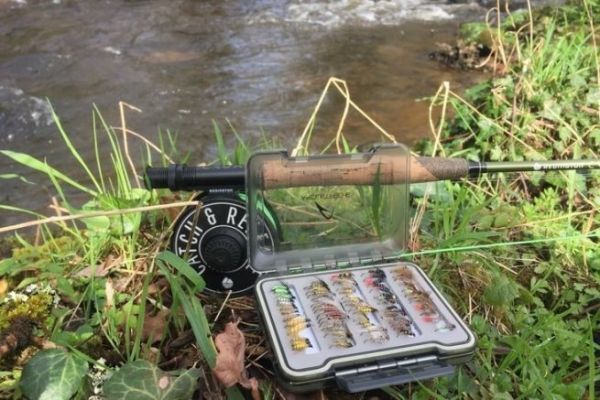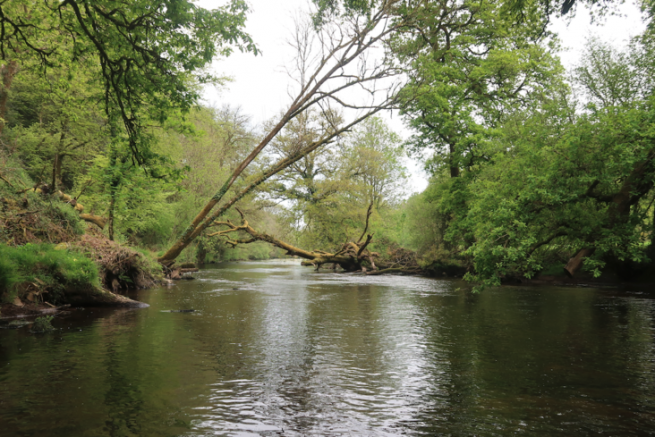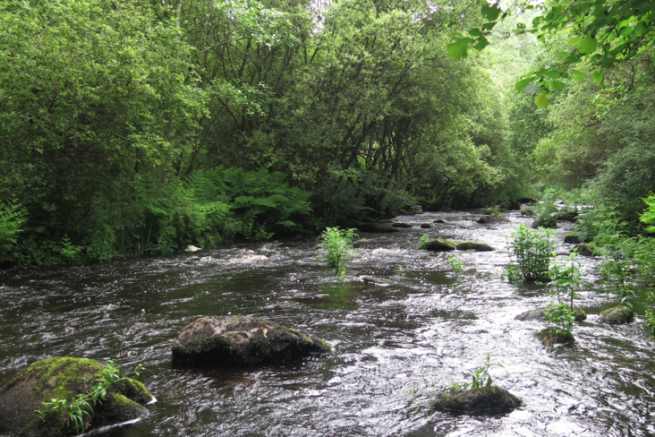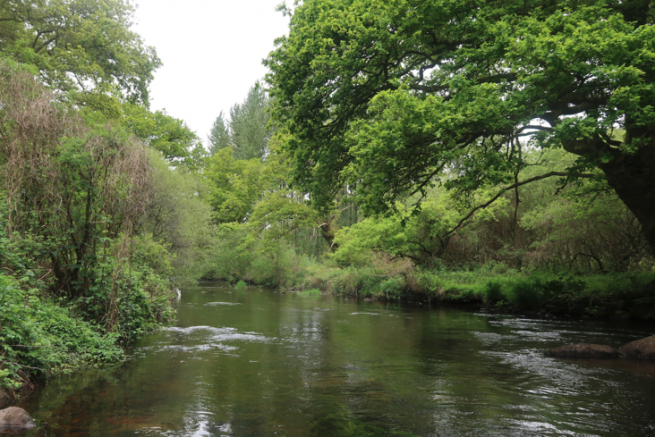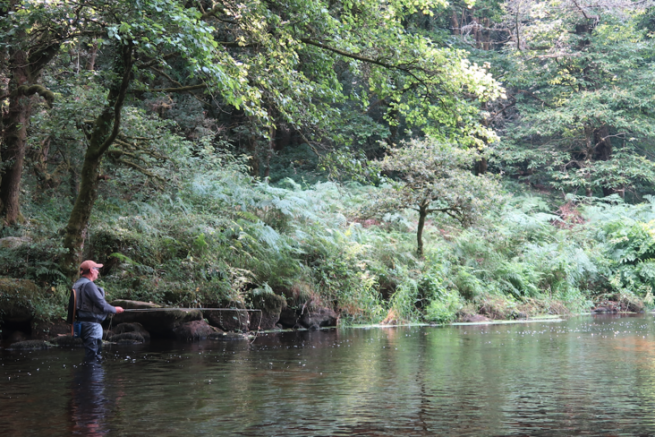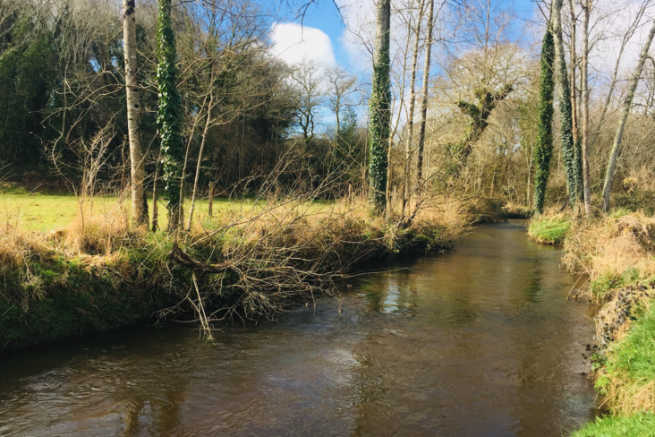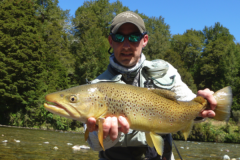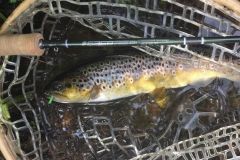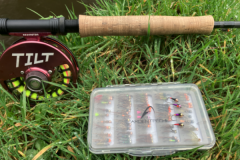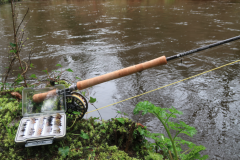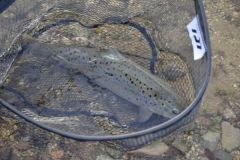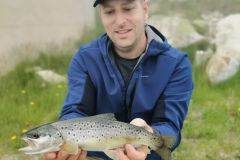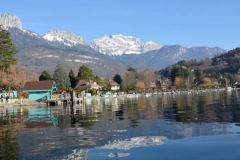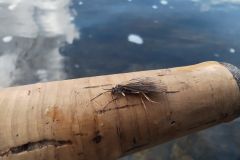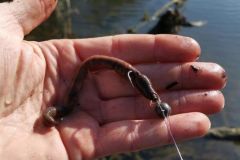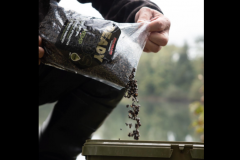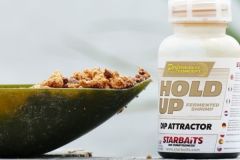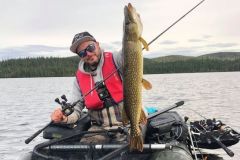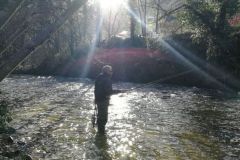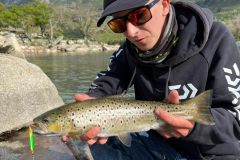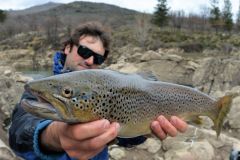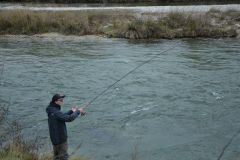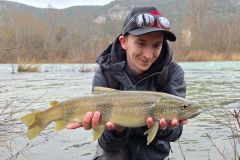Here we are. After a long phase of preparation, acquisition of new equipment, mounting of flies and making of leaders, we will be able to return to the water's edge to try our first trout.
Let's look at the criteria that allow us to choose which areas to focus on at this particular time of the beginning of the season.
Take into account the geographical location
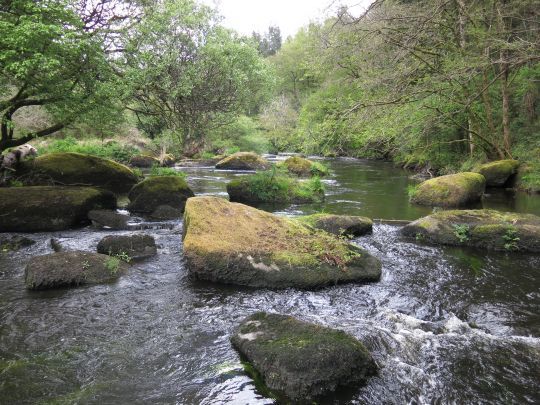
Of course, depending on the region we live in, the hydrological, meteorological and climatic conditions are quite different. Therefore, rivers will have higher or lower water levels, very fluctuating temperatures (varying from a few degrees to more than 10°C), specific food available, and our fish will behave accordingly.
The rivers of altitude are much later than the rivers of plains or the small rivers, which warm up more quickly than the large rivers. Similarly, rivers in the south of France will be earlier than those in the north.
The fish will have a very variable metabolism and feeding activity, which comes into play when organizing our fishing parties and our long awaited opening.
Within the same department, there are also notable differences that are good to know in order to find the most suitable spots for our first outings of the season.
Choosing a river to open must therefore take all these parameters into account. The types of insects being also intimately linked to their range (geographical) and once again to the water temperature. It is necessary to be aware of their hatching periods and the food available to be in the right place at the right time.
According to the technique (drowned, streamer, nymph, dry) that you want to practice, the choice of the sector and the type of river will also be quite distinct.
River types and key positions
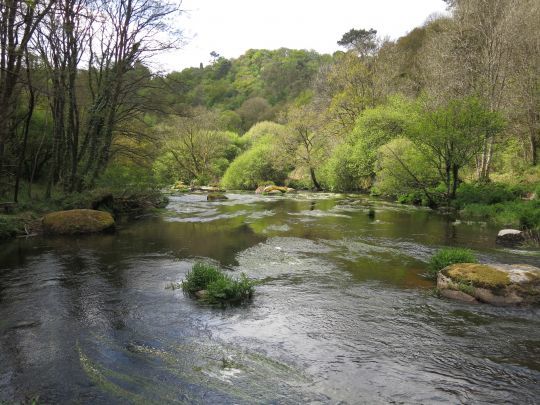
France has a vast fishing territory which offers us a very interesting playground to practice our hobby.
From the small rivers of Brittany and Normandy, or even the Massif Central, to the large rivers of the Jura or the Pyrenees for example. Passing by fast rivers or mountain torrents, we are spoilt for choice. Most of us will do the opening locally, but some fishermen will not hesitate to move, sometimes from far away, to open the ball on a river they particularly like and/or find more suitable conditions. Many fishermen make an annual pilgrimage on this occasion with a group of friends. The opening is above all a return to the roots and a convivial moment.
Within these rivers, some sectors will be more favorable to the capture of lady fario, who appreciates the slow waters, sometimes deep, to come and feast on various preys without too much effort.
The spots scattered with boulders and other structures slowing down the current and offering a hiding place are to be prospected methodically and sometimes even by insisting. There is no point in running, because at the beginning of the season, insisting on an interesting area can bring out a beautiful trout that is still a bit lethargic. A well presented streamer or a controlled drifting streamer will have all the chances to be intercepted and to interest a trout in position. The colder the water, the less active the fish are and the less they move. Sometimes a few degrees can make a big difference.
According to the technique and the profile of the sector, it will be necessary to fish the least fast of the fastest and to pass slowly and correctly near the key posts. The reading of the water is therefore very important not to lose time and to fish in favorable areas.
Fisherman's preferences
Each of us has his own beliefs, preferences, whether in terms of river type, technique and of course fly patterns.
We will therefore sometimes choose a technique that is less effective than another just because it gives us pleasure and sensations that we had lost during those long months of truce.
Even if dry fishing is not ideal at the beginning of the season, some rivers and time of day are favorable to catch some fish.
The rest of the time, we can bring out the "artillery" and propose heavy nymphs, a streamer or a streamer which will fish deeper and will be better adapted to the behavior of trout at the beginning of the season.
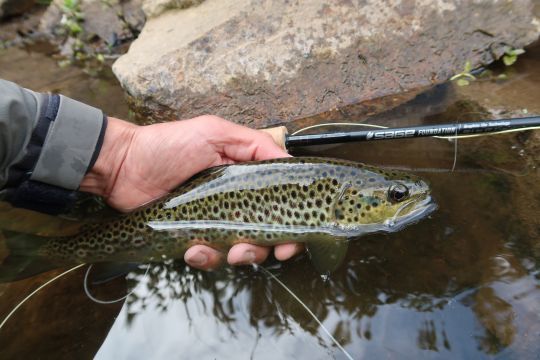
What is certain is that each technique works best on a given type of job and sector.
Nymphing and drowning are much better in moderate and edge currents and on rocky areas where trout can be found in the early season.
Streamer fishing will be particularly suitable in slow, deep areas, edges and around structures to tempt a nice fish or in any case, by the size of the fly to make a fish react.
The dry fly will be practiced more for pleasure than for success, even if some early rivers allow to catch beautiful trout thanks to a hatching of big mayflies like the March Brown well known by fishermen. Otherwise, the simple fact of whipping and twirling the fly line in the air, and placing the fly delicately and precisely will give us great satisfaction. The catch is just the icing on the cake and we all know that we won't be able to perform miracles during this re-opening period. But what does it matter!


